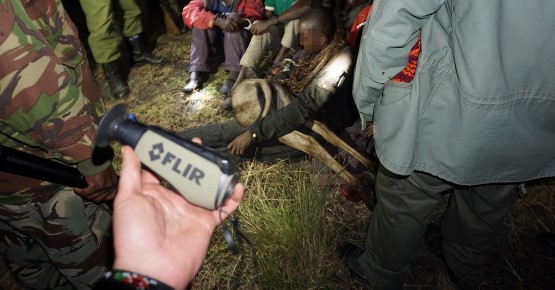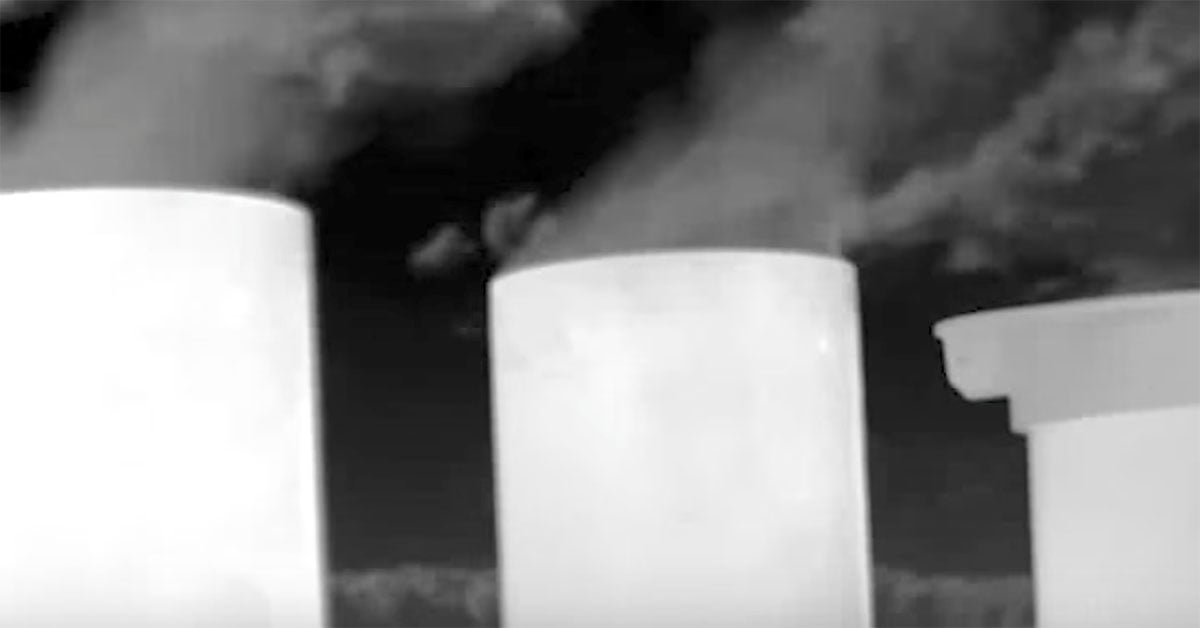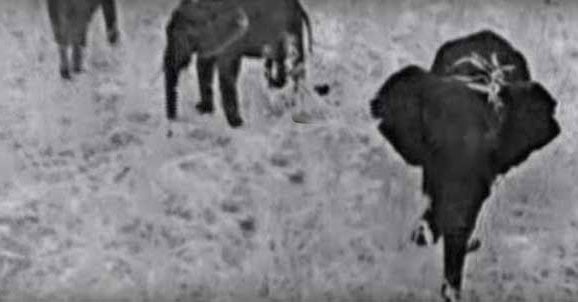A Year of Progress: How FLIR & WWF Have Been Using Thermal Tech to Fight Poachers
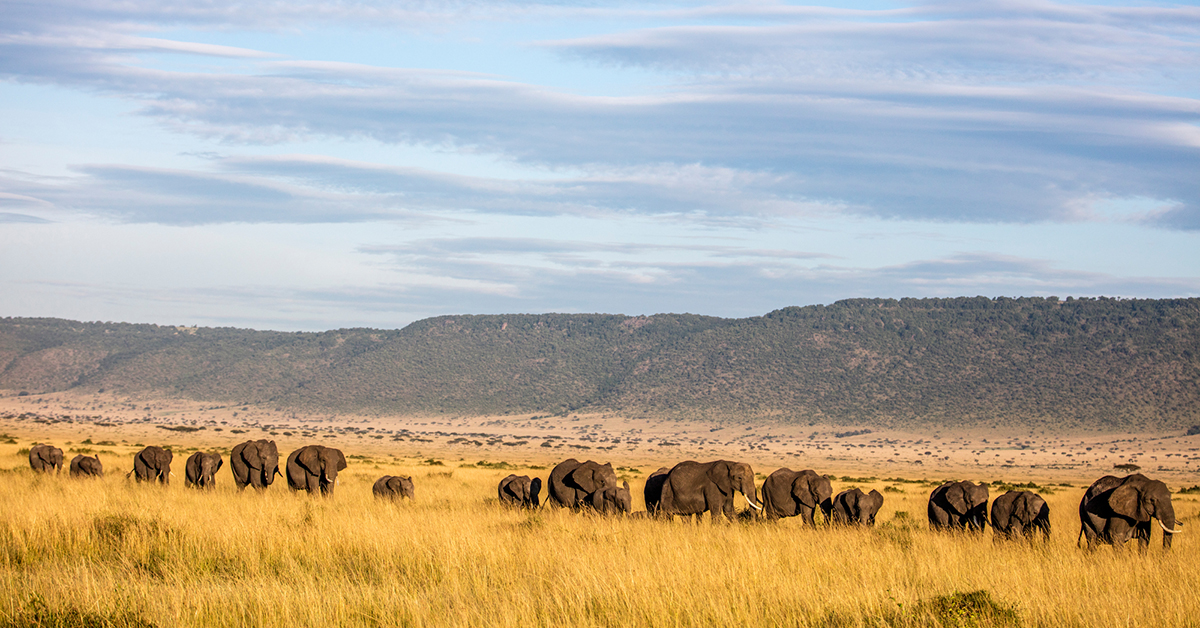
One year ago, FLIR became a proud collaborator with World Wildlife Fund (WWF) in their ongoing Wildlife Crime Technology Project, working together to leverage FLIR thermal technology to stop illegal poaching and protect wildlife in various countries throughout Africa.
Poaching has devastated nature populations, damaged ecosystems and threatened the livelihoods and security of local communities. —Over the past year, the introduction of FLIR technology has brought a decline in poaching in the areas aided with thermal technology.
In a recent interview with FLIR, Dr. George Powell, senior conservation biologist and technology advisor for WWF, who is tasked with installing FLIR equipment in the field, shared the primary ways WWF has been leveraging our thermal imaging technology this past year.
Mobile Cameras
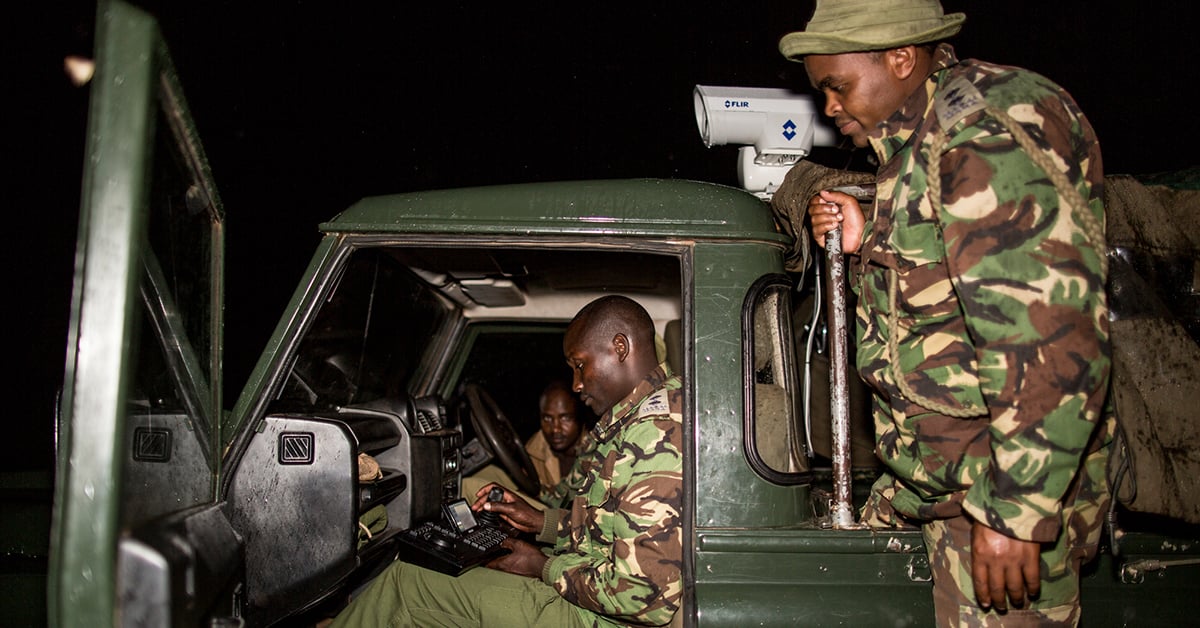
WWF has provided park rangers with both FLIR handheld and long-range cameras, some of which are mounted to vehicles to create mobile observation posts. In the past, poachers would typically enter areas illegally to hunt for animals. If they saw rangers approaching in vehicles they’d run and hide, or often, lie in the deep grass unobserved. Now, with the thermal advantage, rangers can spot poachers at night, even in deep grass. Check out our World Ranger Day 2017 interview with Ntayia Lema Langas, Warden with the Mara Conservancy, to learn more.
Fix Mounted
WWF has installed several FLIR long-range cameras for perimeter security to identify illegal intrusions and monitor animal behavior into the parks. The unattended, fixed-mount thermal cameras offer long-range capabilities and real-time video streaming back to control rooms so operators can secure national park boundaries. Poachers were detected and apprehended within days of a FLIR thermal installation at Nakuru National Park in Kenya. Not long after, poaching efforts dropped to nearly zero in the area, a trend which has remained consistent since the launch of our collaboration, and one we hope will continue.
In the Air
The advent of relatively inexpensive, easy-to-fly unmanned aerial vehicles (i.e., UAVs or drones) provides an ideal platform for setting up systematic aerial surveillance of national parks and other protected areas. At a national park in Malawi, park staff used a UAV equipped with a FLIR Vue Pro drone camera to successfully patrol a large, illegally-fished river at night. The poachers soon learned they were no longer able to fish in the park without being detected, and, like with all thermal-equipped areas thus far on this project, almost all of the poaching stopped.
Furthermore, aerial observation with a thermal drone camera is helping mitigate potential conflict between elephants and neighboring villagers. Using the drone camera, park rangers can monitor elephant behavior and direct elephants safely back to the park – reducing potential damage to villagers and their crops.

